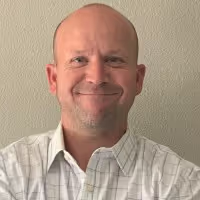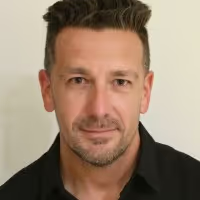Helping Founders Create Antifragile Design Firms
AQ helps founder-led AEC design firms grow stronger through
volatility and industry change

We've walked in your shoes
Our consultative coaches have spent significant portions of their careers working in and for founder-led firms.
We understand the unique challenges, recurring frustrations, and decision fatigue that come with scaling beyond your direct involvement.
Solutions that actually stick
Most firms tell us they've worked with consultants before who provided recommendations that never took hold.
Our consultative coaching model combines strategic guidance with ongoing coaching to ensure changes align with how you're wired and address root causes, not just symptoms.

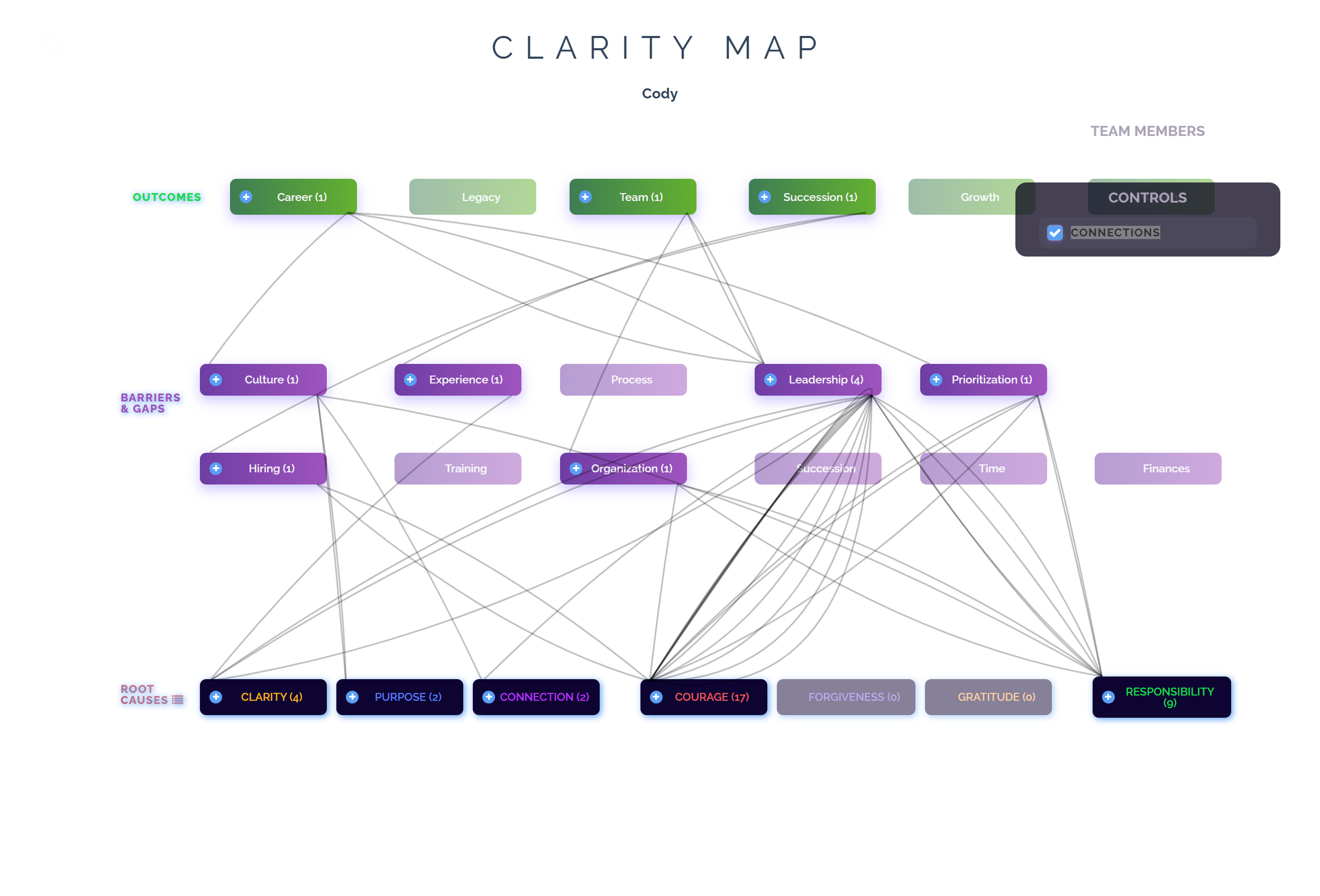
A clear path from stuck to scaling
Our structured approach includes a proprietary assessment, the AQ Clarity Framework for building consensus around outcomes and barriers, and a defined roadmap with ongoing coaching.
This isn't abstract advice—it's a repeatable system that delivers measurable results.
Discover the AQ Process
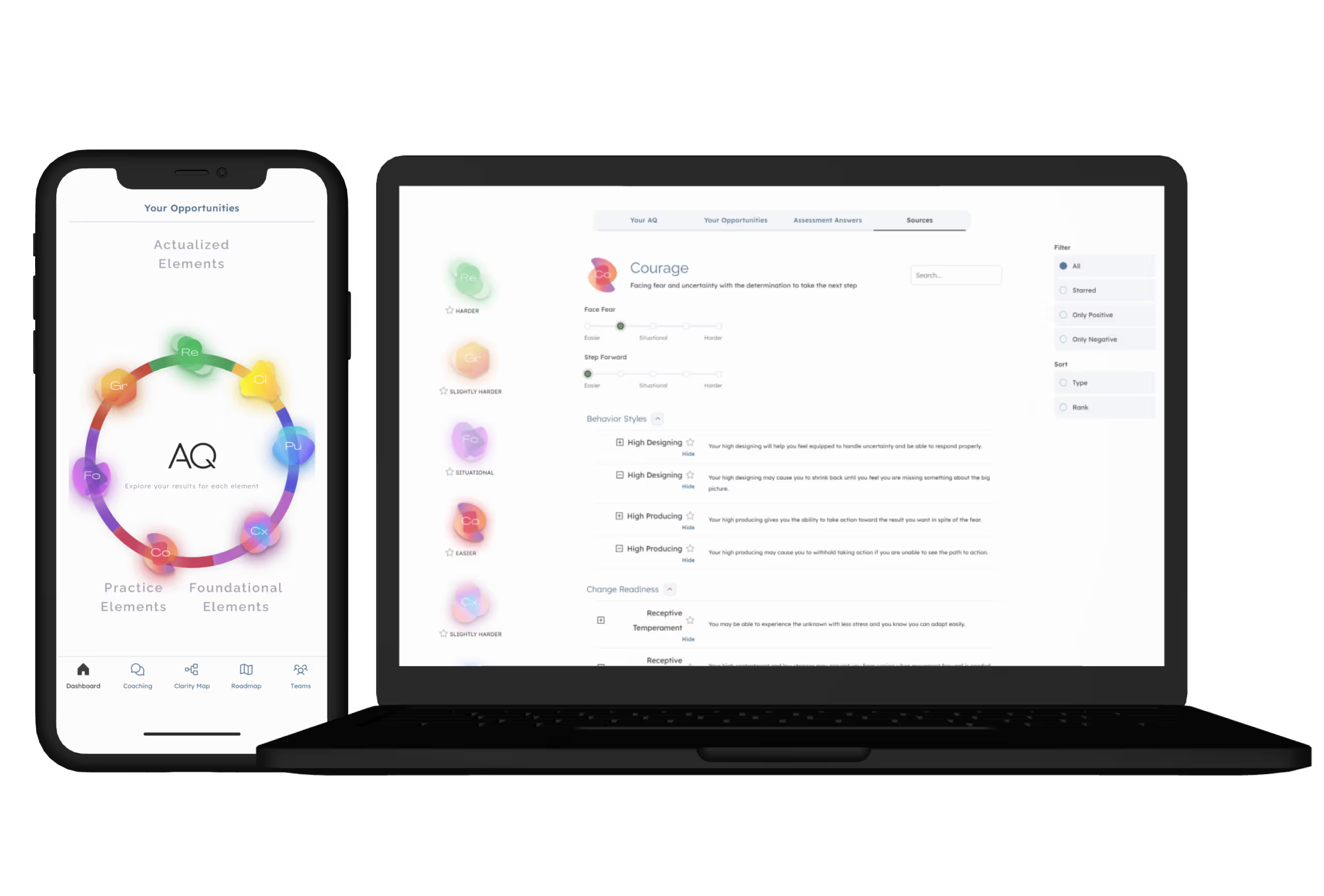
Step 1: Proprietary Assessment
Conduct a comprehensive evaluation to understand team strengths, gaps, and dynamics.
This assessment is specifically designed for founder-led firms and integrates with AQ's seven elements coaching framework.
Step 2: AQ Assessment
Build consensus around three key areas: the outcomes leaders want to achieve, the barriers preventing those outcomes, and deep root cause analysis of what's creating those challenges.
This structured approach helps surface the real issues beneath surface-level problems.
Step 3: AQ Roadmap
Develop a clear path forward that addresses the identified barriers and root causes, with specific steps to achieve the desired outcomes.
This roadmap is tailored to the unique challenges of founder-led firms transitioning beyond founder dependence.
Step 4: AQ Consultative Coaching
Provide ongoing coaching support to ensure recommended changes actually stick.
Unlike traditional consulting that simply provides advice, this combines coaching methodology with business expertise to help founders implement changes that align with how they're naturally wired to operate.
Ready to move forward with clarity?
Schedule a conversation with our team to explore how AQ can support your firm.
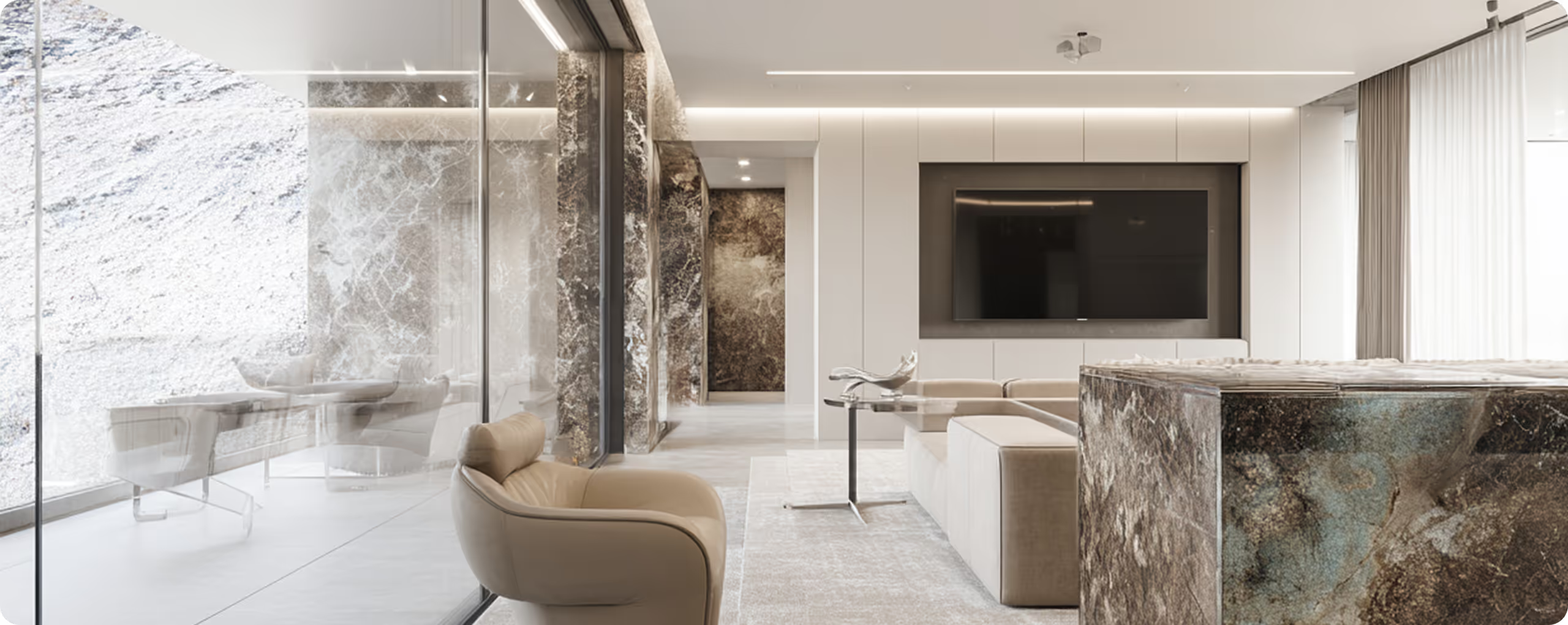
FAQs
Discover answers to your most pressing questions about our services and assessment process.
The AQ Assessment is derived from time-tested open-source tools that have decoded human tendencies for over 80 years. In just five minutes, it gauges your proficiency in the 7 Elements of Antifragility: Clarity, Purpose, Connection, Courage, Forgiveness, Gratitude, and Responsibility. These elements, rooted in both science and the core teachings of the world’s major faith traditions, represent universal human truths. For best results, verify your assessment with trusted peers and a Certified AQ Coach, and wholeheartedly embrace its insights on your path to greater antifragility.
Absolutely! To inquire about bringing AQ Assessment to your organization or team, click here.
An organization reflects its people — team members and leaders alike. While all exhibit a mix of fragile and antifragile behaviors, leaders’ actions resonate more profoundly. Many often overlook their fragile tendencies until the repercussions become unavoidable. This oversight can result in two concerning patterns:
- Fragility seeps into the organization’s culture. When leaders showcase fragile behaviors, it often trickles down, influencing the team. Some organizations might even inadvertently favor fragility during hiring based on leadership biases.
- Flawed decision-making processes. Fragility arises from the gap between our expectations and reality, magnified within organizations. Leaders might make short-term decisions at the cost of long-term benefits due to external pressures.
In contrast, antifragile leaders are introspective, thriving in adversity. Instead of fixating on uncontrollable factors, they foster flexible cultures that strengthen through challenges.
One common question we encounter revolves around the political undertones of antifragility. Some wonder if we’re subtly advocating for a particular political agenda. To clarify, AQ isn’t a veiled political statement. Some from the left speculate it’s critiquing them for being “soft,” while some from the right sense a push for a “woke” agenda. In truth, it’s neither.
Antifragility is a message for everyone. The central idea? Our communities, leaders, and organizations are becoming more fragile. It’s about rediscovering our inherent capacity to thrive amidst challenges and uncertainties, irrespective of political leanings.
A common question we encounter is, “Why ‘Anti’ in Antifragile?” To be fair, the prefix might seem negative to some. Our rationale? It’s about emphasizing a move away from fragility.
As highlighted by Nassim Nicholas Taleb in his book Antifragile, resilience isn’t the direct opposite of fragility, just as neutral isn’t the opposite of negative. Resilience means enduring shocks without change. Antifragility, on the other hand, means growing and benefiting from change. In a world marked by increasing unpredictability, being antifragile better equips us to navigate and thrive amidst life’s complexities.
This question, though not our most common, is vital. The simple answer is: No! To be human is to have moments of fragility.
Modern society has shifted toward seeking comfort, yet suffering remains an inherent part of life. Fragility emerges from the disparity between our expectations and reality. Feeling pain doesn’t signify fragility; it’s a part of being human. Often, the most antifragile individuals have faced significant hardships and grown stronger.
Antifragility, or “AQ,” doesn’t dismiss pain or suffering. Unlike mere resilience, which might bypass stressors without growth, antifragility acknowledges life’s challenges. It champions healthy processing of pain, enabling us to eventually thrive from such experiences.
AQ aims to help everyone harness their inherent ability to strengthen through adversity. True empathy and compassion often stem from personal suffering, making them intrinsic to being Antifragile.
Connect with AQ
Whether you’re ready to embrace antifragility or still contemplating the leap, we’re here to guide you. Share your journey with us, and let’s unlock the potential within your challenges. Your path to thriving in uncertainty begins here.








